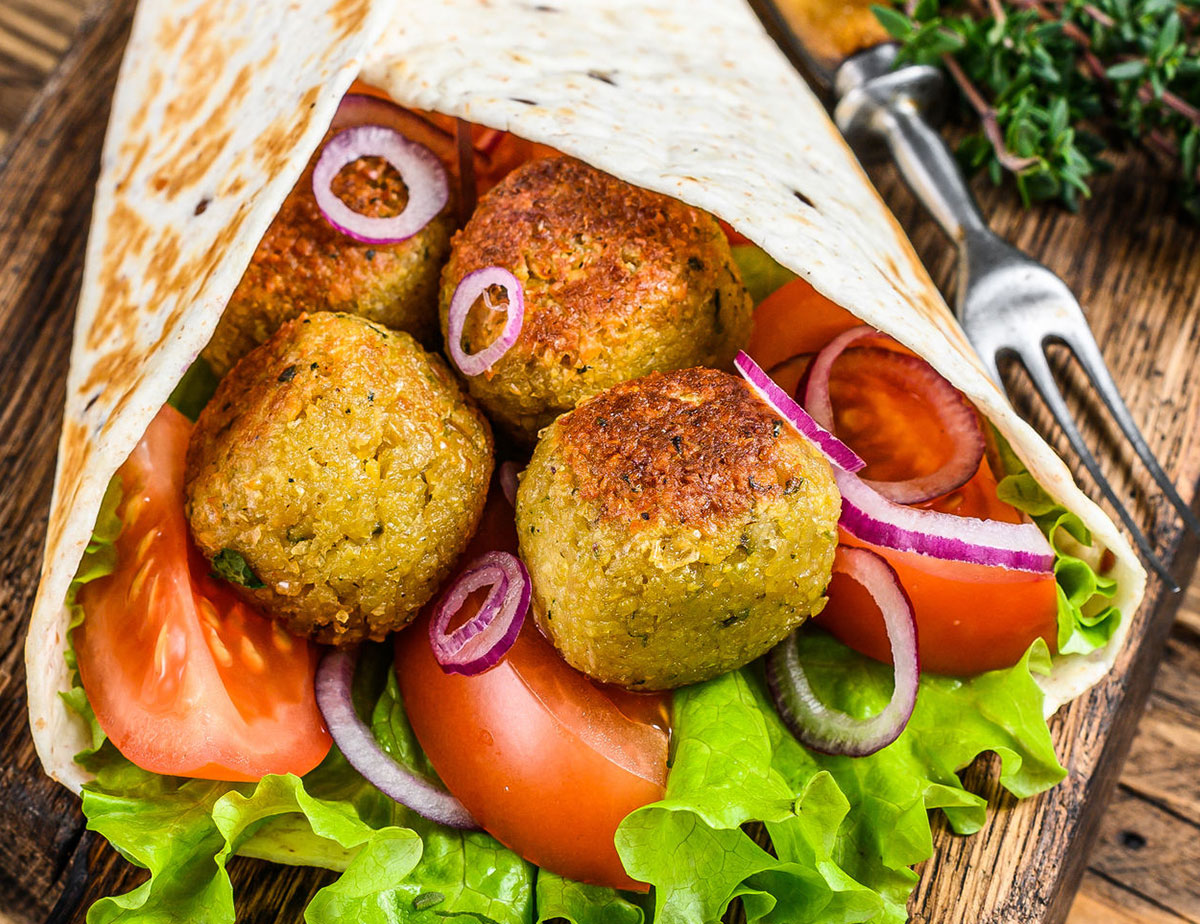Learn how to make falafel from scratch at home using this bulletproof simple recipe.
Cuisine: Lebanese, Middle Eastern.
Ingredients
Directions
Soak chickpeas for 24 hours. Cover them in plenty of water and add baking soda to help soften them as they soak. The chickpeas will at least double in size as they soak in the water. Drain very well.
Make a mixture. Add chickpeas, fresh herbs (parsley, cilantro, and dill), garlic, onion, and spices to a food processor and pulse a little bit at a time until turning it into a finely ground mixture. You’ll know it’s ready when the texture is more like a coarse meal and Refrigerate (necessary.) Transfer the falafel mixture to a bowl, cover and refrigerate for at least 1 hour or overnight. The chilled mixture will hold together better, making it easier to form the falafel patties.
Form patties or balls. Once falafel mixture has been chilled stir in baking powder and toasted sesame seeds. Then scoop golf ball-sized balls and form into balls or patties (if you go the patties route, do not flatten them too much, you want them to be still nice and fluffy once cooked).
Fry. Frying is the traditional way to cook falafel and yields the most authentic and best result. Heat oil on medium-high until it bubbles softly (your oil should be hot enough around 375 degrees F. Not too hot it will make the falafel to fall apart).
Carefully drop the falafel in the oil, using a slotted spoon, and fry for 3-5 minutes until medium brown on the outside. Avoid over-crowding the falafel; fry them in batches if necessary.
Tip: it’s always a good idea to fry one falafel first to make sure the oil temperature doesn’t need to be adjusted.

